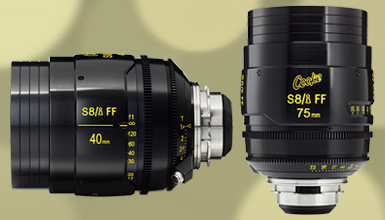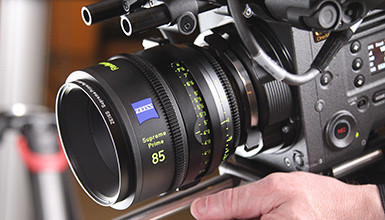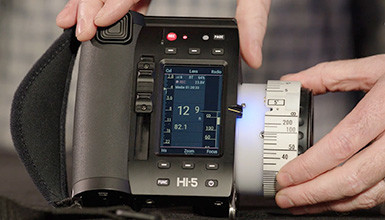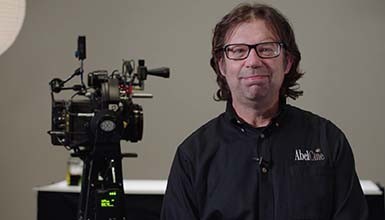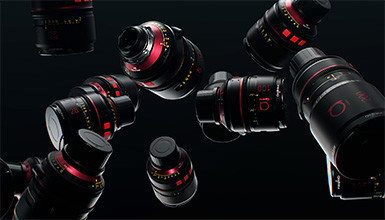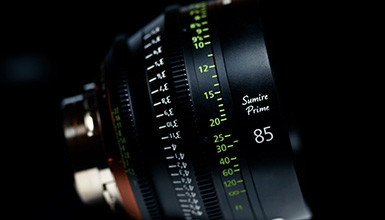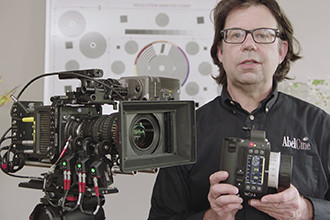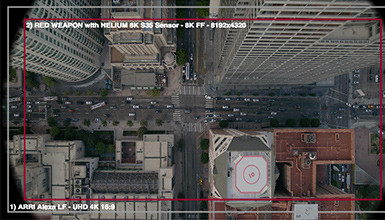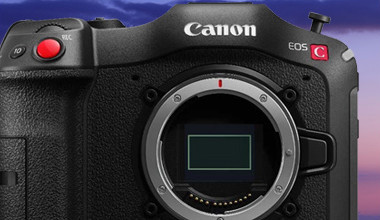Lenses & Optical Accessories
Tech News
0
Cooke announced the launch of a new line of Full Frame (aka Full Format) prime lenses – the S8/i series. These new flagship lenses slot in at the top of Cooke’s range of spherical Full Frame primes. The set will initially comprise focal lengths of 25mm, 32mm, 40mm, 50mm, 75mm, 100mm, and 135mm. Nine additional focal lengths are anticipated in Fall of 2022, including 18mm, 21mm, 27mm, 35mm, 65mm, 85mm MACRO, 180mm, 250mm, and 350mm.
Since their release in Fall 2019, ZEISS Supreme Prime Radiance lenses have offered DPs a unique creative choice in lens selection that's applicable to a wide variety of projects. These lenses feature highly expressive, yet also highly controllable, flare behavior thanks to their T* Blue coatings.
Recently I was joined by Michael Best, ARRI Product Manager of Professional Camera Accessories, to take a closer look at ARRI's new Hi-5 wireless follow focus system.
One of the main benefits of using ARRI's Electronic Control System on set is that it frees the Camera Assistant from various tasks that may have meant lots of record keeping and reports – the ECS system records vital information directly into each file recorded by an ARRI camera.
Angenieux’s Optimo Prime full format, single focal-length lenses address the modern DP’s need for high resolution, contrast, and uniform colorimetry but with flexible customization to support the quest for a certain “character,” which may be appropriate for different projects or sequences.
I recently got a chance to take a closer look at Canon's premium Sumire cinema prime lenses. In this video, I'll provide some historical context for their development, an overview of design and performance, and many examples of their aesthetic and optical characteristics.
In this video, I give an in-depth look at ARRI's Electronic Control System, including video transmission, camera and lens control, and other wireless solutions. I discuss technical best practices, interconnectivity, and advanced integrations.
AbelCine's FOV Tool 2.0 is here! This update to our original, and very popular, FOV (field of view) Comparator allows you to compare camera and lens combinations, including a variety of sensor sizes, recording resolutions, and aspect ratios. Of course, the new tool features the latest cameras and even more lenses.
In October of 2018, Canon introduced the EOS-R, the first in a new line of full-frame mirrorless still and video cameras along with a new lens mount, dubbed ‘RF’. Unlike the familiar EF mount, which debuted in 1987 with the original EOS series of film cameras, Canon’s new mirrorless mount provides a greatly reduced flange focal distance — also known as flange depth or registration distance — along with a higher bandwidth data pathway between bodies and lenses.











